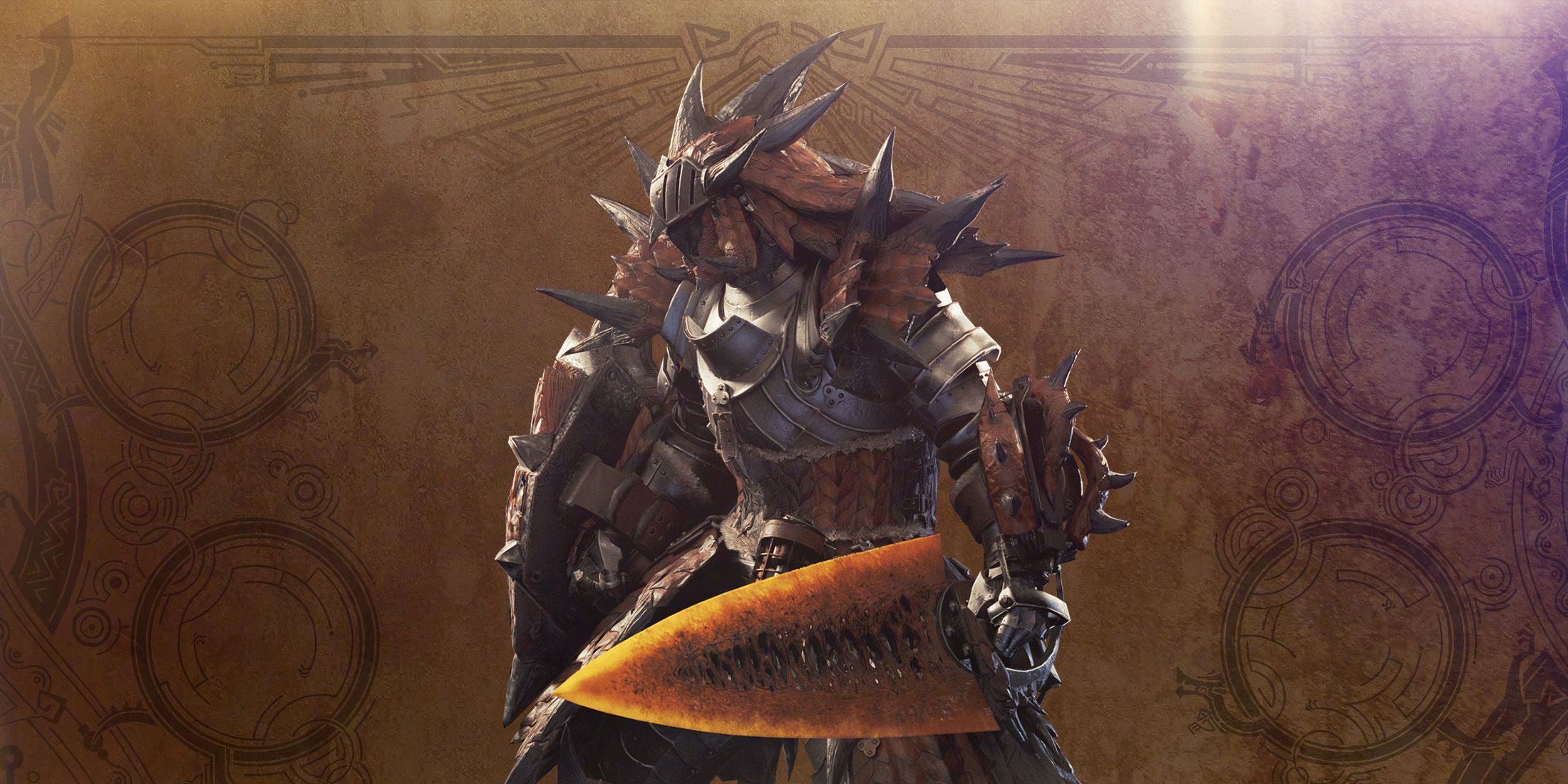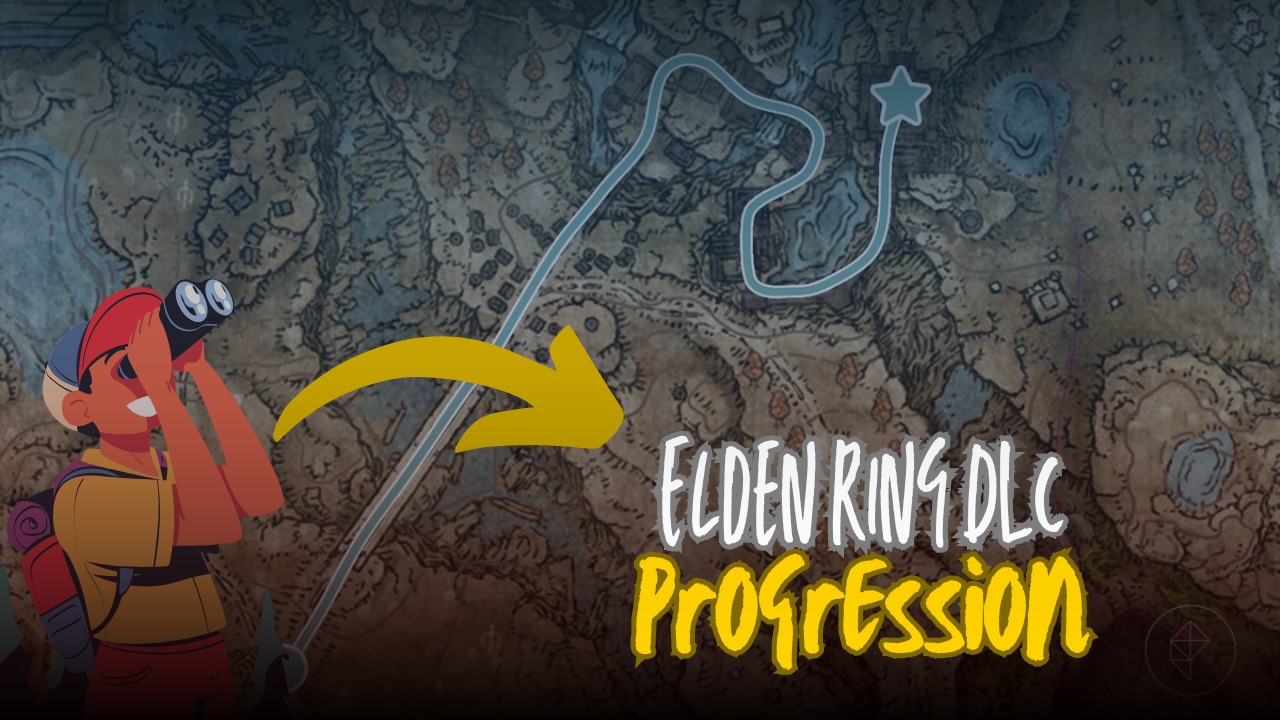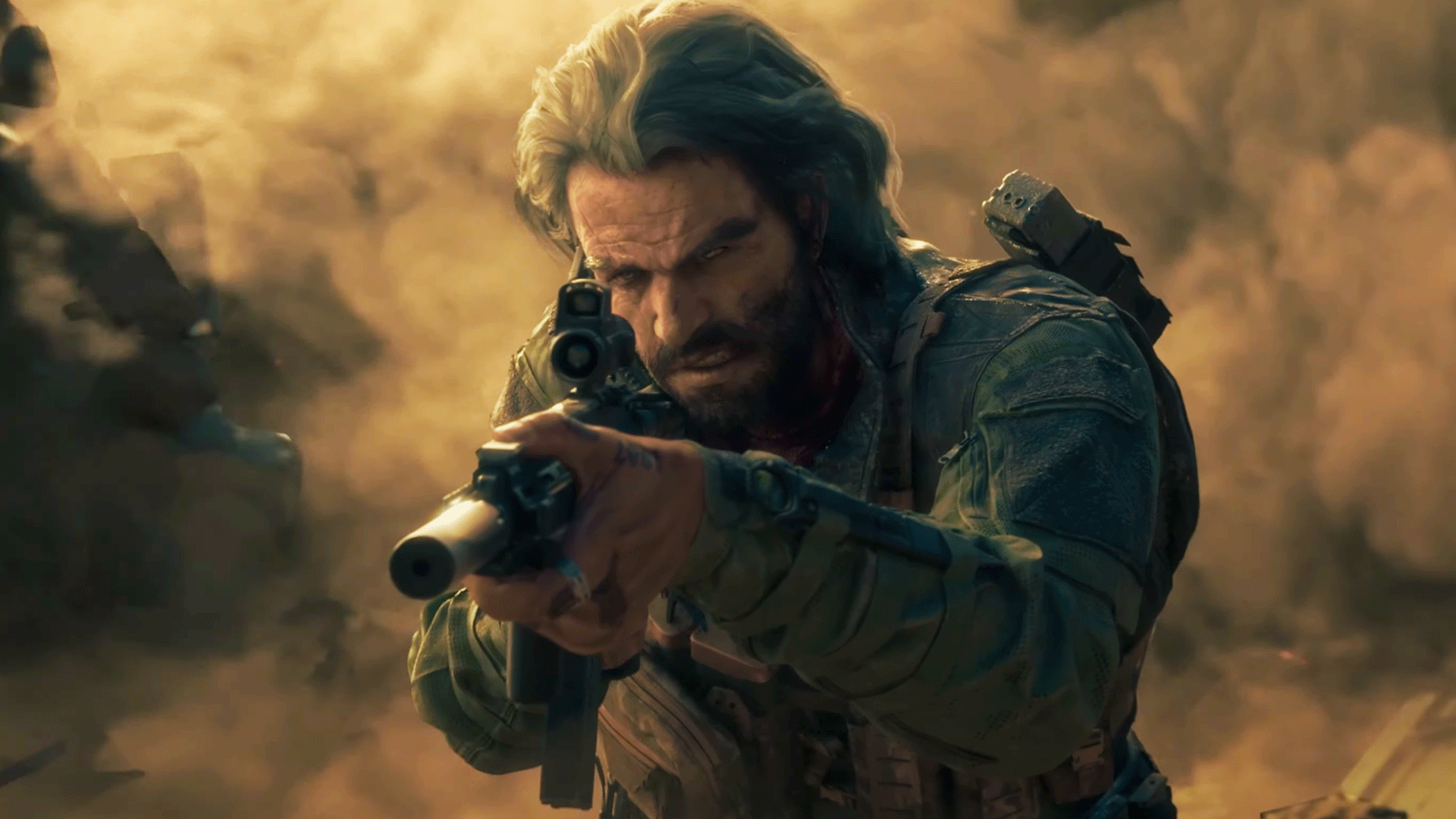In the action-packed world of Monster Hunter Wilds, we took on an unexpected challenge that put our game knowledge and navigation skills to the test.
This article tells the story of our thrilling “Ultimate Sacred Race” across the Forbidden Lands, showing off the game’s detailed map design and the players’ ability to navigate without usual helps. 
The Challenge
The race was spontaneously conceived by one of the players, who laid out a complex route that would take them from Radar’s Nest through multiple zones: the Wind Plains, Scarlet Forest, Oil Well Basin, Ice Shard Cliffs, and finally to Wveria.
The ultimate goal was to reach the deepest part of Wveria and mine the final deep ore past the milk eggs.
What made this challenge particularly intriguing were the rules:
- No auto-walking on the sacred (the mount used for faster travel)
- No opening the map
- No marking anything on the map
- The mini-map could be used for orientation
- Manual walking was required for most of the journey, with only one permitted “x transition” from the Oil Well to Ice Shard Cliffs
These restrictions forced the players to rely on their memory and instincts, making what would typically be a quick journey into a test of their familiarity with the game world.
The Race Begins
As the race commenced, it quickly became apparent that what seemed like a straightforward challenge was far more complex in practice.
The players found themselves struggling to recall the exact locations of zone transitions, a detail they had never needed to actively remember before due to the game’s fast travel system.
The first major hurdle came in navigating from the Scarlet Forest to the Oil Well Basin.
Both players admitted to having little recollection of where these zones connected, showcasing how even experienced players can be caught off guard when forced to manually traverse the world.
Strategies and Observations
Throughout the race, the players employed different strategies:
- Edge Navigation: One player chose to stick to the edges of the map, hoping to stumble upon the correct transition points.
- Landmark Recognition: Both used recognizable landmarks and terrain features to orient themselves.
- Minimap Utilization: The minimap proved crucial in the final stages, helping players identify their proximity to objectives.
The race also highlighted the impressive scale and design of Monster Hunter Wilds world.
The players marveled at the seamless transitions between zones and the intricate paths that connected them, elements often overlooked during normal gameplay.
Unexpected Discoveries

One of the most interesting aspects of the race was how it led to discoveries about the game world:
- Alternative Paths: In the Oil Well Basin, one player found an alternate route that bypassed the usual elevator, revealing a previously unknown path.
- Scenic Beauty: The manual traversal allowed players to appreciate the stunning visuals of areas like the hard walk to Wveria, which they described as comparable to a “Souls level” in its design and beauty.
- World Scale: The race demonstrated how quickly players could traverse what is supposed to be a vast world, with estimates suggesting it might only take 3-4 minutes to go from Windward to Wveria if one knew the exact route.
The Victory and Reflection
Surprisingly, the race was won by the player who initially seemed less confident about their navigational skills.
This outcome led to some playful banter and reflection on how video game experiences, particularly in open-world games, can hone one’s sense of direction and spatial awareness.
Post-Race Challenge
After the initial race, the players decided to attempt the journey in reverse, adding an extra layer of difficulty. This return leg included additional challenges:
- Providing interesting facts about each map and monster encountered
- Navigating without the benefit of having just traversed the path
The reverse race further tested the players’ knowledge and adaptability, leading to more discoveries and humorous moments, such as encounters with various monsters and debates about the most efficient routes.
Implications for Game Design and Player Experience
This impromptu challenge revealed several interesting points about the game design in general:
- Hidden Depth: The race showed how much depth and detail exists in the game world that players might normally overlook.
- Player Engagement: Creating self-imposed challenges can significantly enhance player engagement and reveal new aspects of familiar games.
- World Design: The seamless transitions and logical layout of the world became more apparent, showcasing the thoughtful design behind the game’s environments.
- Player Skill Development: The challenge demonstrated how players unconsciously develop navigation skills through repeated gameplay, even when relying on in-game aids like maps and fast travel.
Potential for Future Content
The excitement and engagement generated by this impromptu race suggest potential avenues for official game content or community challenges:
- Timed Races: Official or community-organized races with specific checkpoints could become engaging endgame content.
- Exploration Challenges: Tasks that require players to find specific locations without using maps could encourage more thorough exploration of the game world.
- Monster Hunt Marathons: Races that require defeating specific monsters in each zone before moving on could test both navigation and combat skills.
Conclusion
The Ultimate Sacred Race turned out to be more than just a simple contest. It became a journey of discovery, showing off the detailed game world and the skills players develop as they play.
It proved that even games we know well can surprise us if we try playing them in new ways.
This race, mixing competition, exploration, and discovery, captures what makes games like Monster Hunter Wilds so exciting. It encourages players to look at familiar places with fresh eyes and challenge themselves in unexpected ways.
As we showed, sometimes the best gaming experiences come from making your own path through a world of possibilities.




